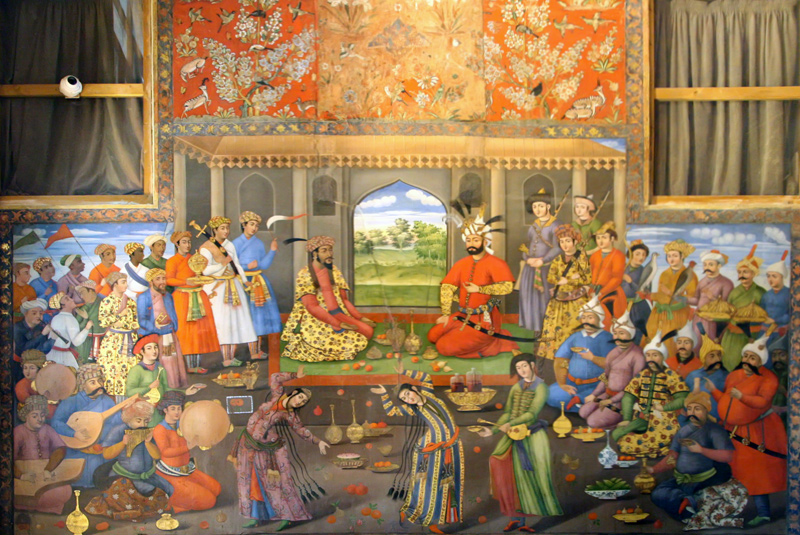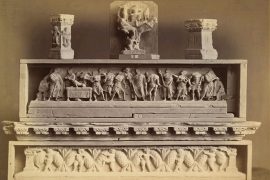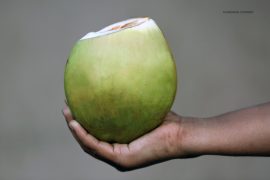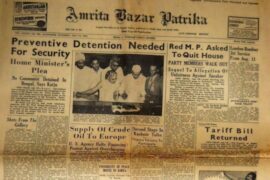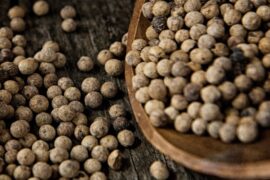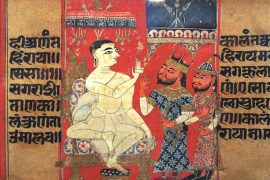During festival season in Delhi, you’ll find that every sweet has its history. For many years, a visit to Chandni Chowk was considered incomplete without popping by the small display shelves of Ghantewala Confectionaries. Its mithai is common fare in much of India; the delightful variety of besan and khoya-based sweets that are shared and enjoyed at every celebration and festivity.
What makes the shop special is its heritage; the sweet-run to Ghantewala dates back to the Mughal emperor Shah Alam II, 227 years ago. As the story goes, a school once existed near the Red Fort, and the Mughal emperor could hear its bell ring between classes. When the emperor craved sweets, he would send his assistants to “Ghanta Niche Halwai” i.e. the sweet shop under the bell.
The Mughals love for sweets is legendary – and cosmopolitan. The elite in India brought delicacies and traditions from Western and Central Asia. From the Central Asiatic Turks, they took the tradition of the Dastarkhwan, where food is laid out on a tablecloth. These elaborate spreads became a means of displaying one’s wealth and generosity.
Shah Alam once invited the British Ambassador to eat with him at this spread. Edward Terry, a young chaplain to the British ambassador in the Mughal court, was astounded by the variety of sweets offered him. Indeed, the Mughals spent extravagantly on food. It was the direct outcome of a state policy. The children of those under the pay of the Mughal Court would receive no inheritance. As a result, money had to be spent while one was still alive and lavish meals made their way to the tables. Terry counted 50-70 dishes in total on the spread, for the emperor and his guests each. Among them was a range of food that came from Persia and the Middle East – Halwa included.
Copyright©Madras Courier, All Rights Reserved. You may share using our article tools. Please don't cut articles from madrascourier.com and redistribute by email, post to the web, mobile phone or social media.Please send in your feed back and comments to [email protected]

